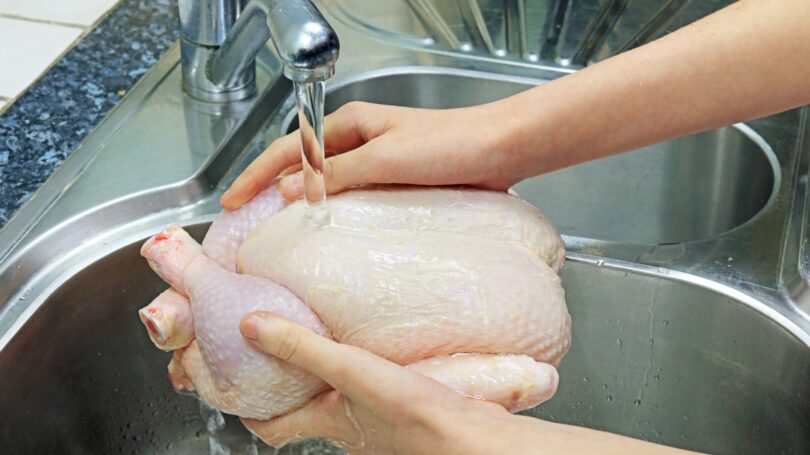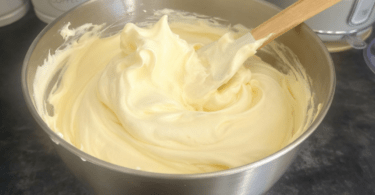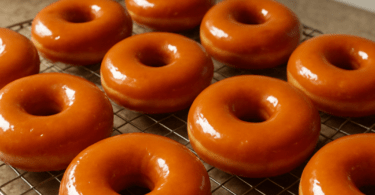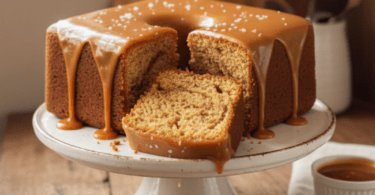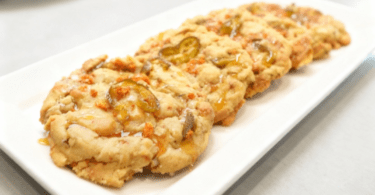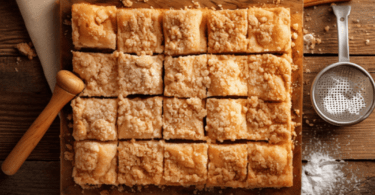The Ultimate Guide to Washing Chicken: Safety, Myths, and Best Practices
Washing chicken has long been a debated topic in the culinary world. While some argue that it’s a necessary step to remove bacteria, others claim it’s a dangerous practice that can spread contaminants. In this comprehensive guide, we’ll explore everything you need to know about washing chicken, including safety tips, common myths, and best practices for handling and cooking poultry. By the end of this article, you’ll have a clear understanding of how to handle chicken safely and confidently in your kitchen.
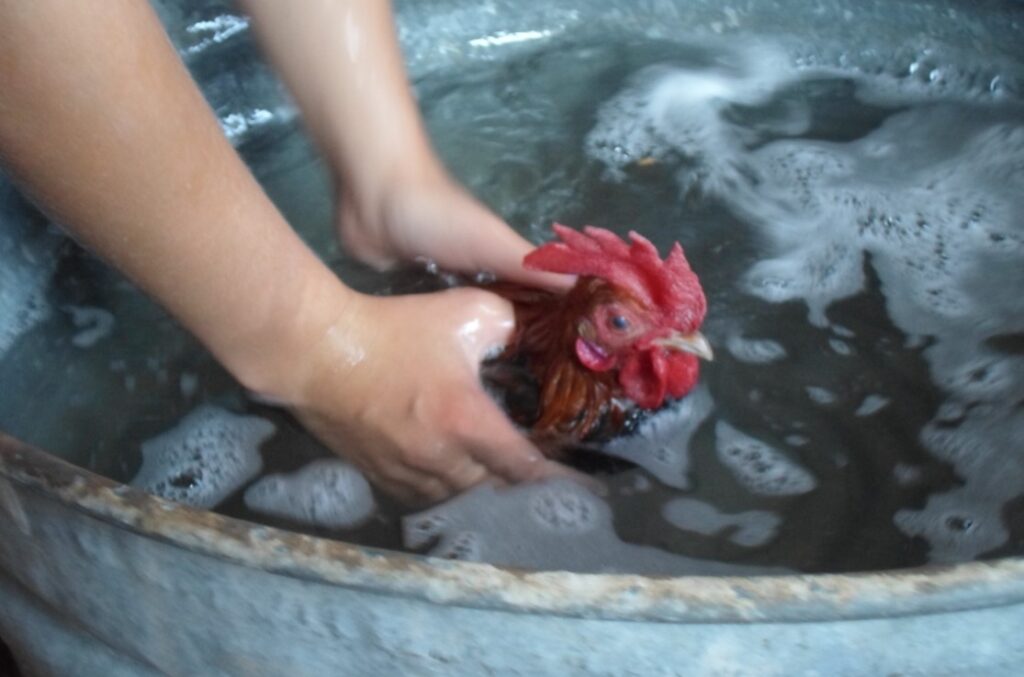
Understanding the Risks of Washing Chicken
The Spread of Bacteria
One of the main concerns with washing chicken is the potential spread of bacteria, particularly Campylobacter and Salmonella. When you rinse raw chicken under the faucet, water droplets can splash and spread these harmful bacteria to nearby surfaces, utensils, and even other foods. This process is known as cross-contamination and is a significant risk factor for foodborne illnesses.
Studies and Expert Opinions
Research has shown that washing chicken does not effectively remove bacteria. In fact, it can do more harm than good. A study by the UK’s Food Standards Agency (FSA) found that washing raw chicken can spread bacteria up to three feet away from the sink. The Centers for Disease Control and Prevention (CDC) and the United States Department of Agriculture (USDA) also advise against washing chicken due to the high risk of cross-contamination.
Common Myths About Washing Chicken
Myth 1: Washing Chicken Removes Bacteria
Many people believe that washing chicken can eliminate bacteria and make it safer to eat. However, as mentioned earlier, washing does not remove bacteria but rather spreads it. The only way to effectively kill bacteria is by cooking chicken to the proper internal temperature of 165°F (74°C).
Myth 2: Washing Chicken Improves Flavor
Another common myth is that washing chicken improves its flavor and texture. In reality, the flavor and texture of chicken are determined by cooking methods and seasoning, not by washing. Marinating and proper seasoning are key to enhancing the taste of chicken.
Myth 3: Rinsing Chicken Removes Sliminess
Some people rinse chicken to remove its slimy texture, believing it will improve the overall cooking experience. While rinsing might temporarily reduce the sliminess, it’s unnecessary. Any residual sliminess will be eliminated during cooking.
Best Practices for Handling Chicken
Step 1: Purchase and Store Chicken Safely
- Buy Fresh: Choose fresh chicken from a reputable source. Check the expiration date and ensure the packaging is intact without any leaks or tears.
- Refrigerate Promptly: Store chicken in the refrigerator at or below 40°F (4°C) as soon as possible after purchase. If you don’t plan to cook it within a couple of days, consider freezing it.
Step 2: Prepare Your Workspace
- Clean and Disinfect: Before handling chicken, clean and disinfect your workspace, including countertops, cutting boards, and utensils. Use hot, soapy water followed by a disinfectant.
- Use Separate Utensils: Designate a separate cutting board and knife for raw chicken to prevent cross-contamination with other foods.
Step 3: Handle Chicken with Care
- Avoid Washing: As discussed, do not wash chicken. Instead, remove it from the packaging and pat it dry with paper towels if necessary.
- Marinate Safely: If marinating, do so in the refrigerator, not on the countertop. Discard any leftover marinade that has come into contact with raw chicken.
Step 4: Cook Chicken Properly
- Use a Meat Thermometer: Ensure chicken reaches an internal temperature of 165°F (74°C). Insert the thermometer into the thickest part of the meat without touching bone.
- Avoid Partial Cooking: Do not partially cook chicken with the intention of finishing it later, as this can increase the risk of bacterial growth.
Read also: Here’s Why Your Chicken Breasts Look Like Spaghetti
Safe Cooking Methods for Chicken
Baking
Baking is a popular and straightforward method for cooking chicken. Preheat your oven to 375°F (190°C) and place the chicken in a baking dish. Cook until the internal temperature reaches 165°F (74°C). This method is great for cooking whole chickens, breasts, thighs, and drumsticks.
Grilling
Grilling adds a delicious smoky flavor to chicken. Preheat your grill to medium-high heat and cook the chicken until it reaches the safe internal temperature. Remember to use a clean grill and avoid cross-contamination by using separate utensils for raw and cooked chicken.
Sautéing
Sautéing is perfect for cooking smaller pieces of chicken. Heat oil in a skillet over medium-high heat and cook the chicken pieces until they are browned and cooked through. Use a meat thermometer to ensure they reach 165°F (74°C).
Slow Cooking
Slow cooking is ideal for making tender, flavorful chicken dishes. Place chicken in a slow cooker along with your choice of seasonings and liquids. Cook on low for 6-8 hours or on high for 3-4 hours, ensuring the internal temperature reaches 165°F (74°C).
Additional Safety Tips
Proper Hand Washing
Always wash your hands thoroughly with soap and water for at least 20 seconds before and after handling raw chicken. This practice helps prevent the spread of bacteria to other foods and surfaces.
Clean Kitchen Tools
After preparing chicken, wash all knives, cutting boards, and other utensils with hot, soapy water. Consider using a dishwasher for added sanitation.
Avoid Cross-Contamination
Keep raw chicken separate from other foods in your grocery cart, refrigerator, and during meal preparation. Use separate cutting boards and utensils for raw meat and other ingredients.
Store Leftovers Safely
Refrigerate or freeze leftovers within two hours of cooking. Store them in shallow containers to allow for quick cooling and prevent bacterial growth.
FAQs About Washing Chicken
Is It Safe to Wash Chicken with Vinegar or Lemon Juice?
Some people use vinegar or lemon juice to wash chicken, believing it kills bacteria. While these acids can reduce some surface bacteria, they are not effective enough to make washing chicken safe. The best practice is to avoid washing chicken altogether.
Can I Wash Chicken in a Bowl of Water?
Washing chicken in a bowl of water is not recommended. This method still poses a risk of cross-contamination, as bacteria can spread to the bowl, your hands, and surrounding surfaces.
What If I Already Washed My Chicken?
If you’ve washed your chicken, thoroughly clean and disinfect your sink, countertops, and any utensils that may have come into contact with the raw chicken. Ensure you cook the chicken to the proper internal temperature to kill any remaining bacteria.
In summary, washing chicken is not necessary and can increase the risk of spreading harmful bacteria in your kitchen. The safest approach is to handle raw chicken with care, avoid washing it, and ensure it is cooked to the correct internal temperature. By following these guidelines and best practices, you can enjoy delicious and safe chicken meals without the worry of foodborne illnesses.
Embrace these safe handling practices in your kitchen to protect yourself and your loved ones. Happy cooking!
Read also: Here’s What You Need to Know About Meat Expiration Dates…
Here’s What You Need to Know About Meat Expiration Dates and Preservation



